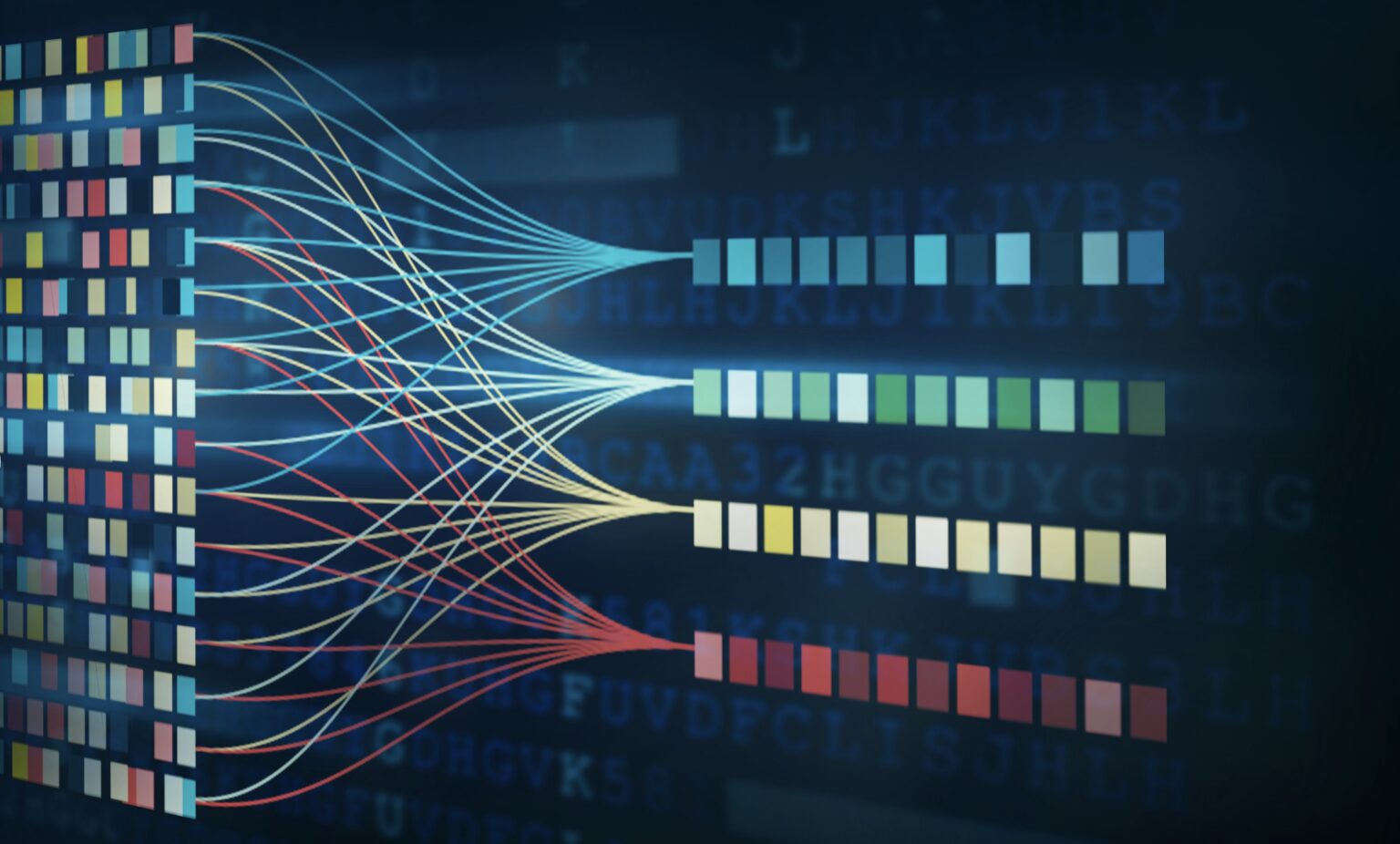Generative AI for the physical and digital worlds
Adaptive + real-time: seamlessly integrates adaptive real-time data with Generative AI to drive immediate, context-aware decisions
Autonomous, Agentic & human-collaborative: automates GenAI into dynamic processes and workflows—from end-to-end automations and Agentic AI to real-time collaboration with humans
Traditional Generative AI relies on humans to initiate prompts and queries. This approach fails in fast-moving, dynamic environments where timing and context are critical.
Vantiq transforms this paradigm. By embedding Generative AI into real-time systems, Vantiq enables:
Generative AI becomes more than a creative tool—it becomes an active participant in your operations, continuously learning, adapting and collaborating across digital and human systems. This is also the foundation for Agentic AI—systems that can think, adapt, and take action autonomously while still collaborating with humans when needed.





